Tanzania, or the United Republic of Tanzania, is home to some of the incredible wildlife and nature on our planet. From the vast Serengeti to its massive lakes, it is a destination that you shouldn’t miss. Let’s learn more with these 73 amazing facts about Tanzania.
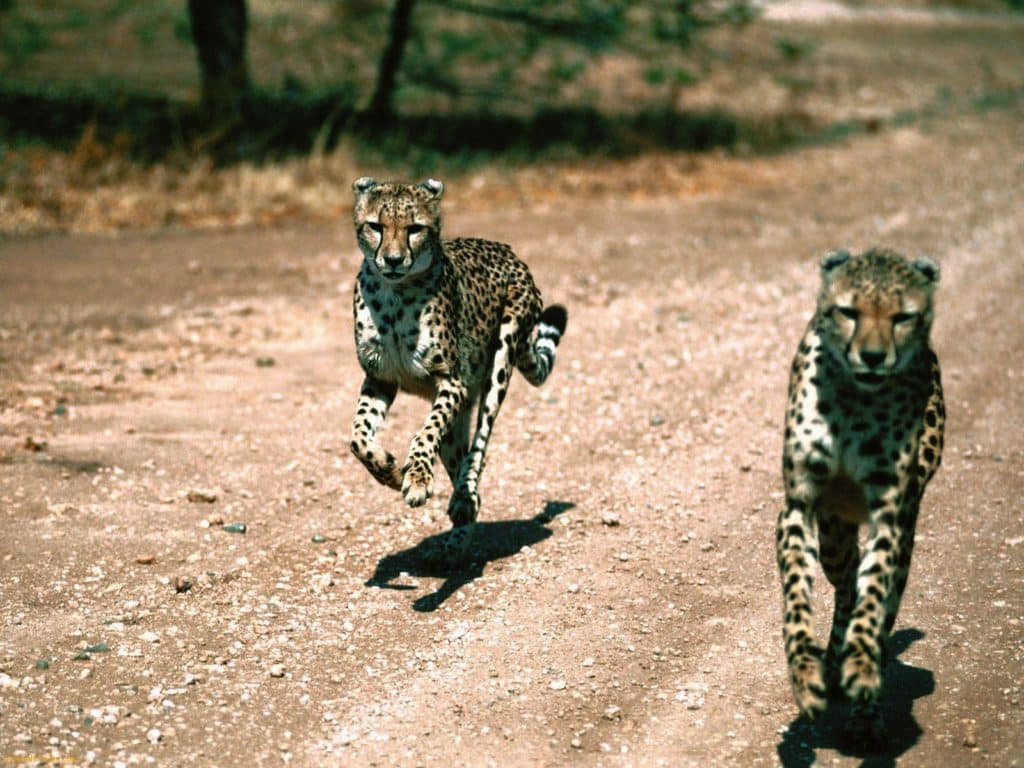
Historical and Geographical Facts About Tanzania
1.) Tanzania, or the United Republic of Tanzania, is in East Africa. It is a part of the African Great Lakes region and borders Uganda, Kenya, Mozambique, Zambia, Malawi, Burundi, Rwanda, and the Democratic Republic of the Congo.
2.) There are at least 120 languages spoken in Tanzania. The majority of them are from the Bantu family, which accounts for most of Sub-Saharan Africa.
3.) The Nile River, more commonly associated with Egypt, originates in Tanzania at Lake Victoria.
4.) Lake Victoria, named for Queen Victoria in 1858, is the largest lake in Africa. It is also the world’s largest tropical lake. Interestingly, it is only the ninth-largest continental lake by volume due to its shallowness.
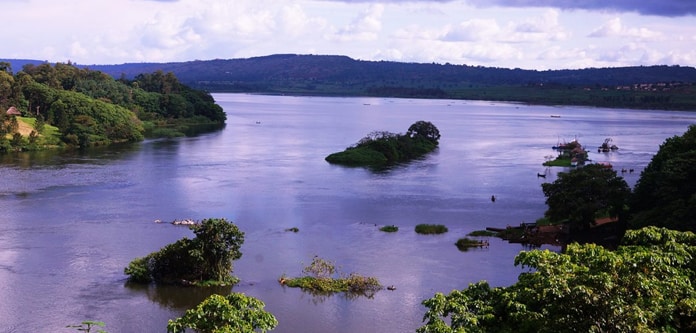
5.) The name of Tanzania originates from the first three laters of the two states the combine to form it: Tanganyika and Zanzibar (“Tan” and “Zan”).
6.) “Tanganyika” means “sail in the wilderness,” and “Zanzibar” roughly translates to “black shore.”
7.) Olduvai Gorge in northern Tanzania is known as “The Cradle of Mankind.” Tools found in the region in 1931 by Louis Leakey are examples of humanity’s first tools. They originated in the Early Stone Age.
8.) During the Iron Age, Bantu-speakers from West Africa migrated into the region, assimilating the native Cushitic people.
9.) Vasco da Gama, a Portuguese explorer, is the first known European to arrive in Tanzania. He stayed for 32 days in 1498. In 1505, Portugal invaded the island of Zanzibar, which they controlled until the early 18th century.
10.) The Sultanate of Omani drove the Portuguese out in the early 18th century and moved their new capital to Zanzibar City in 1840. Tanzania became a central part of the Arab slave trade for many years.
11.) Before the mid 19th century, no Europeans had traveled inland in the region Tanzania occupied. Europeans missionaries and “explorers” like Johannes Rebmann came across Mount Kilimanjaro during this period.
12.) Otto Von Bismark established the German East Africa Company, taking control of Tanzania in 1885.
13.) In the 1890s, a Hehe tribal leader named Chief Mkwawa led a rebellion against Germany. He commits suicide in 1898 after being surrounded. Germany put his skull on display in Bremen, but the Treaty of Versailles stipulated its return.
14.) Another popular rebellion occurred in the 1900s, known as the Maji Maji revolution. Its leader Kinjikitile Ngwale believed that a snake’s spirit inhabited his body, and a potion called “Maji” would make German bullets ineffective. Germany executed Ngwale about a month later.
15.) The Treaty of Versailles stipulated that Germany gave up its colonial holdings. Britain took control of Tanzania until 1961 when it became independent.
16.) 100,000 Tanzanians fought for England in World War Two, accounting for 1/4th of their African forces. They fought in Madagascar, Somalia, and Burma during the war.
17.) Zanzibar and Tanganyika merged in 1964 after the Zanzibar Revolution overthrew the Arab Dynasty that had ruled the island for centuries.
18.) Tanzania is considered a peaceful country. The only war it has fought was in 1978 when it fought a five-month conflict with Uganda. Interestingly, the bar was started by a bar-fight when a Ugandan soldier crossed over the more bored into Tanzania.
19.) Tanzania is 365,756 square miles. Its coastline is 885 miles long, including its many offshore islands.
20.) Mt. Kilimanjaro is the tallest mountain in Africa and the highest free-standing mountain on earth. It is 16,100 feet tall.
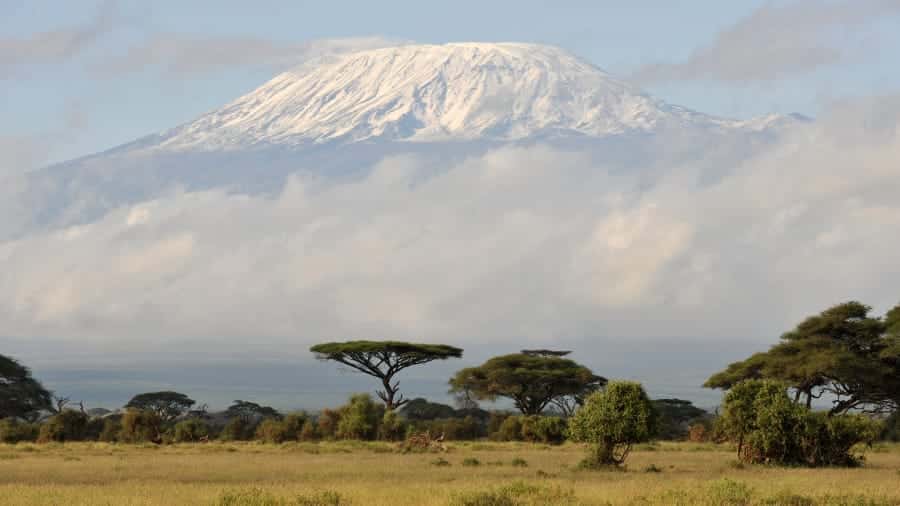
21.) Mount Kilimanjaro itself has five climate zones ranging from snowcapped peaks to rain forests. By comparison, Australia has eight different climate zones.
22.) Mt Kilimanjaro is an inactive volcano. It has three volcanic cones called “Shira,” “Kibo,” and “Mawenzi.” The most recent volcanic activity was about 200 years ago, but the last major eruption was around 360,000 years ago.
23.) The largest city in Tanzania, is Dar es Salaam. Sitting on the eastern coast, more people speak Swahili there than anywhere else on earth. Dar es Salaam means “house of peace” in Arabic.
24.) Dar es Salaam is the 7th largest city in Africa, with a population of 4.3 million people. Despite that, it is not the capital city. The capital city is Dodoma.
25.) Tanzania has a tropical climate due to it being close to the Indian Ocean and equator. The country gets 43 inches of rain per year, the same as Portland, OR, which is a US city famous for being rainy.
26.) 25% of Tanzania is national parks and sanctuaries. Proportionately, this is close to the highest in the world.
27.) Tanzania is famous for the Serengeti National Park. You can watch millions of wildebeests migrate to Kenya’s Masai Mara National Park here. This migration was named one of the natural wonders of the world.
28.) The Ngorongoro Conservation Area holds the Ngorongoro Crater which is one of the world’s largest calderas. It originates 2 – 3 million years ago when a volcano erupted and collapsed within itself.
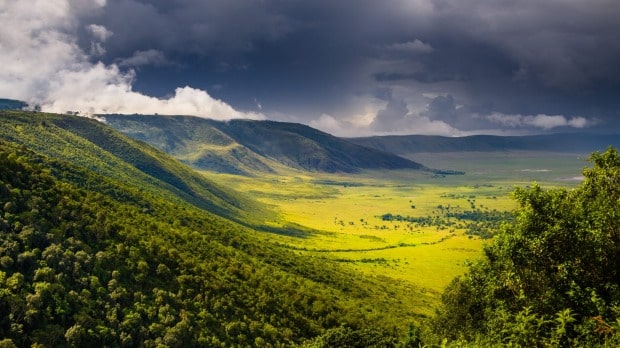
29.) The Oldupai Gorge, mentioned in fact 7, is also in the Ngorongoro Conservation Area!
30.) Kalambo Falls are the second tallest (772-foot) single-drop waterfall in Africa. The tallest is Tugela Falls in South Africa.
Facts about the Government and Economy of Tanzania
31.) Tanzania suffers from high levels of poverty. 67.9% of the population live below the World Bank defined poverty line. Extreme poverty has been on the decline, down 9.7% as of 2012.
32.) The low urbanization rate is partially responsible for the high poverty rate. Twenty percent of Tanzanians live in cities, which tend to have more opportunity
33.) Women and young girls in Tanzania suffer higher rates of malnutrition. One-third of women suffer from iron, and Vitamin A. Two fifth of women are anemic.
34.) Chama Cha Mapinduzi is the dominant political party in Tanzania. It was the only legal political party up until 1992.
35.) Tanzania’s economy is heavily agricultural. Half the country works on farms, and crops account for 85% of all exports.
36.) The government owns all of Tanzania’s land. They lease it out for 33, 66, or 99 day periods depending on what the use will be. Even foreign investors can only lease property for specific periods.
37.) As of 2011, only 15% of Tanzanians had access to electricity. Tanzania’s power grid has significant issues ranging from theft to distribution errors. In 2012, they lost 18 percent of all power generated from these issues.
38.) Mining and quarrying are significant industries. Tanzania has large quantities of gold, coal, diamonds, and tanzanite.
39.) Tanzania’s people and economy are particularly susceptible to droughts. To combat starvation, the government is experimenting with genetically modified white corn hybrids that are drought resistant.
Facts about Tanzania’s Food, Culture, and People
40.) Tanzanians drink tea instead of coffee in the morning, likely due to British colonial influence. Drinking coffee is reserved for the night.
41.) Ugali is the national dish of Tanzania. It is a type of porridge made of maize flour. It became popular after Portugal introduced maize in the 16th or 17th century.
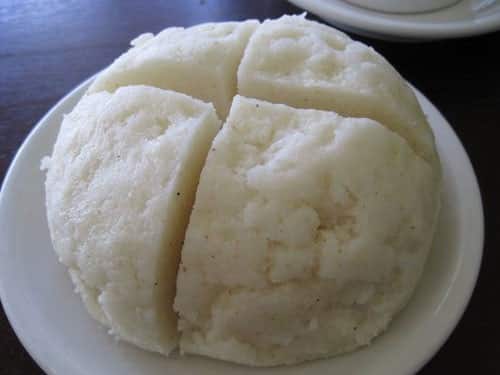
42.) Because Tanzania is vast, regional cuisines are diverse. Coastal cuisine in places like Dar es Salaam’s is spicy and utilizes a lot of coconut milk. Mainland Tanzania focuses more on rice and beef dishes.
43.) Tanzania is home to seventeen types of bananas that are used extensively in stews, chips, and soups.
44.) Tanzania has had a significant influx of Indian immigrants over the last few years. Because of that, there’s a significant Indian influence on Tanzanian cuisine. This has revolutionized dishes like voodo aloo.
45.) In Tanzania, eating or greeting someone with your left is taboo. The left hand is reserved for “toilet duties,” so it is considered dirty.
46.) Public displays of affection are not popular in Tanzania. Hugging, holding hands with, or kissing your partner is heavily frowned upon. Holding hands in public is reserved for platonic friendship.
47.) Before European colonization, Tanzania was accepting of homosexuality. The Swahili people reserved unique places for gay members playing drums or music and weddings. After centuries of European influence, homosexuality is outlawed in Tanzania.
48.) 61% of Tanzanians are Christian, 35% are Muslim, and the rest is a mix of traditional, Hindu, and Buddhist. Freedom of religion is an important value to most Tanzanians.
49.) Hip hop is popular among young Tanzanians. American hip hop artists are the primary influence, but over the years, Tanzania has injected their own culture and values. For example, Tanzanian hip hop focuses more on economic issues and less on violence.
50.) Bonga Flava is a unique form of music invented in Tanzania. It is a mix of hip hop, reggae, R&B, dancehall, and afrobeat.

51.) Freddie Mercury (Farrokh Bulsara) was born in the Sultanate of Zanzibar in 1946. In 1964, they fled the Zanzibar Revolution to Middlesex England.
52.) In 2012, Kyle Maynard climbed Mt. Kilimanjaro. He has no legs or arms and peaked the mountain without help or prosthetics. He follows the great Bernard Goosen, who scaled the mountain with a wheelchair.
53.) Enoch Sontonga wrote Tanzania’s national anthem, God Bless Africa. South Africa has the same national anthem set to a different melody.
54.) Tanzanian has produced many great writers, but none more so than Peter K. Palangyo. His novel, Dying in the Sun, was the first Tanzanian work translated into English.
55.) Tingatinga is a popular style of art in Tanzania. They are paintings of animals and flowers using enamel paint on Canvas. Edward Saidi Tingatinga pioneered the technique starting in 1968.
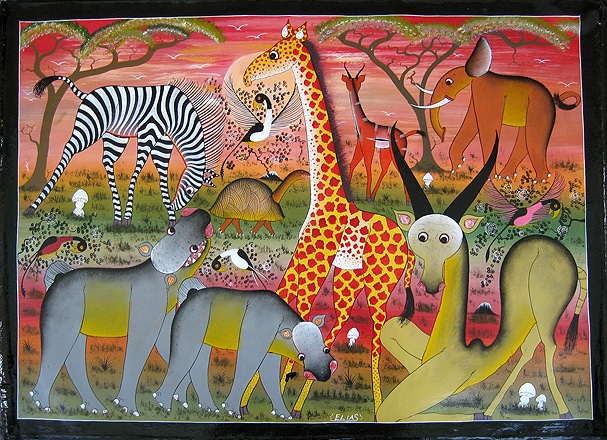
56.) Since 1964, Tanzania has participated in the Summer Olympics. They won two silver medals at the 1980 Moscow Olympics in Athletics. Due to the lack of winter sports at home, Tanzania has never participated in the Winter Olympics.
57.) Football is considered the most popular sport in Tanzania. They have two clubs, Young African Sports Club and Simba Sports Club. Tanzania’s national team has never qualified for the World Cup but has appeared in the African Cup of Nations twice.
58.) Basketball is popular in the military and schools. Hasheem Thabeet is the first Tanzanian NBA player, getting drafted to the Memphis Grizzlies.
59.) Time in Tanzania is different than many other countries. Work starts at 6 am our time, which is considered the 1st-hour of the day. If you were to get off, at 3 pm PST, that would be the 9th hour of the day.
60.) The film industry in Tanzania is called Swahiliwood. It’s known for releasing what are called “bongo films” and mass releasing them on DVD.
Facts about the Wildlife of Tanzania
61.) Tanzania’s wildlife concentration is higher than anywhere else in the world, with 4 million wild animals representing 430 species.
62.) Zanzibar is home to the coconut crab. It is the largest crab in the world. It can grow to be 9 lbs, and 3 feet, 3 inches wide (1m). Coconut crabs live mostly on land and can drown in seawater.
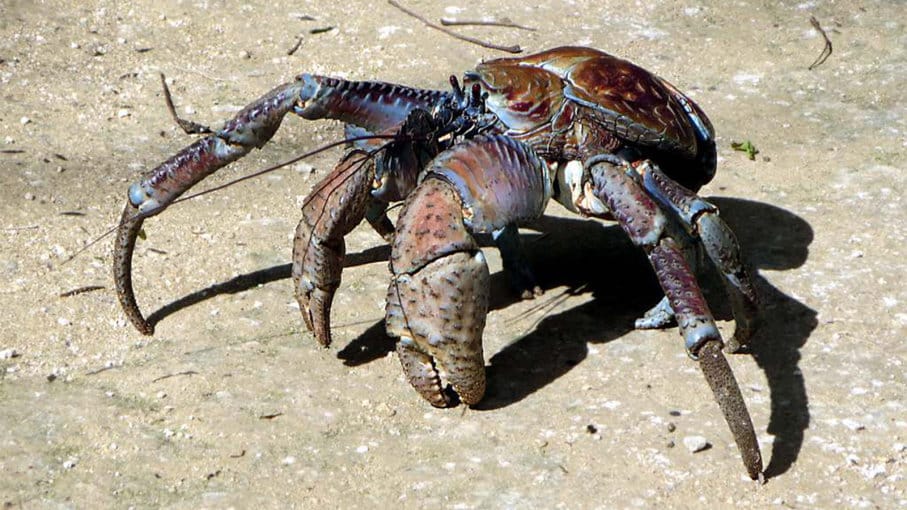
63.) In the Ngorongoro Crater, there are over 250 large animals like rhinos, zebras, leopards per square mile.
64.) Jane Goodall spent much of her life studying chimpanzees in Gombe National Park. It was is one of the longest-running studies in the world.
65.) The black rhino is native to Tanzania. It is extremely endangered due to poaching. Conservation efforts by countries like Tanzania have grown the population to over 5,000 today.
66.) Tanzania has around 20% of Africa’s large mammal population, like elephants, giraffes, rhinos, and many others.
67.) The entire ecosystem of the Serengeti depends on Tanznani’s wildebeest migration. Lions pick off the young and week, crocodiles camp at every river crossing, and Hyenas scavenge the remains. Without the migration, many predators would starve.
68.) Scientists are still discovering new large animals in Tanzania. The kipunji monkey was found in 2003. There are only 1,000 members of this species.
69.) Lake Manyara National Park is home to tree-climbing lions. Scientists once thought this was unusual behavior, but sightings are becoming common in South Africa and Uganda as well.
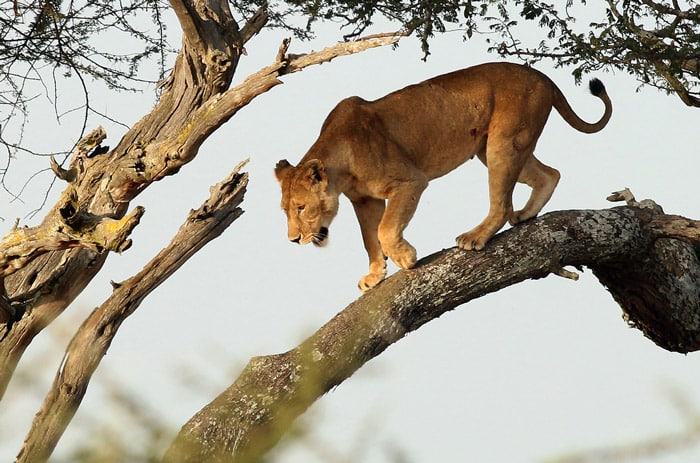
70.) Zanzibar was once home to its species of Leopard. By 2002, the Zanzibar Leopard was likely extinct. There was a sighting in 2018, giving hope that some have survived.
71.) Tanzania has impressive coral reefs. Much like Australia, they’re undergoing coral bleaching, which is killing them.
72.) The most expensive lumber in the world is found in Tanzania. The Mpingo tree is known for its finish and the quality of carvings made with it.
73.) Tanzanian farmers have a problem with elephants. Because they’re protected, to drive them away, farmers have to get creative. They will throw condoms filled with chili powder to drive them off.
- Tulip Mania – The Story of One of History’s Worst Financial Bubbles - May 15, 2022
- The True Story of Rapunzel - February 22, 2022
- The Blue Fugates: A Kentucky Family Born with Blue Skin - August 17, 2021